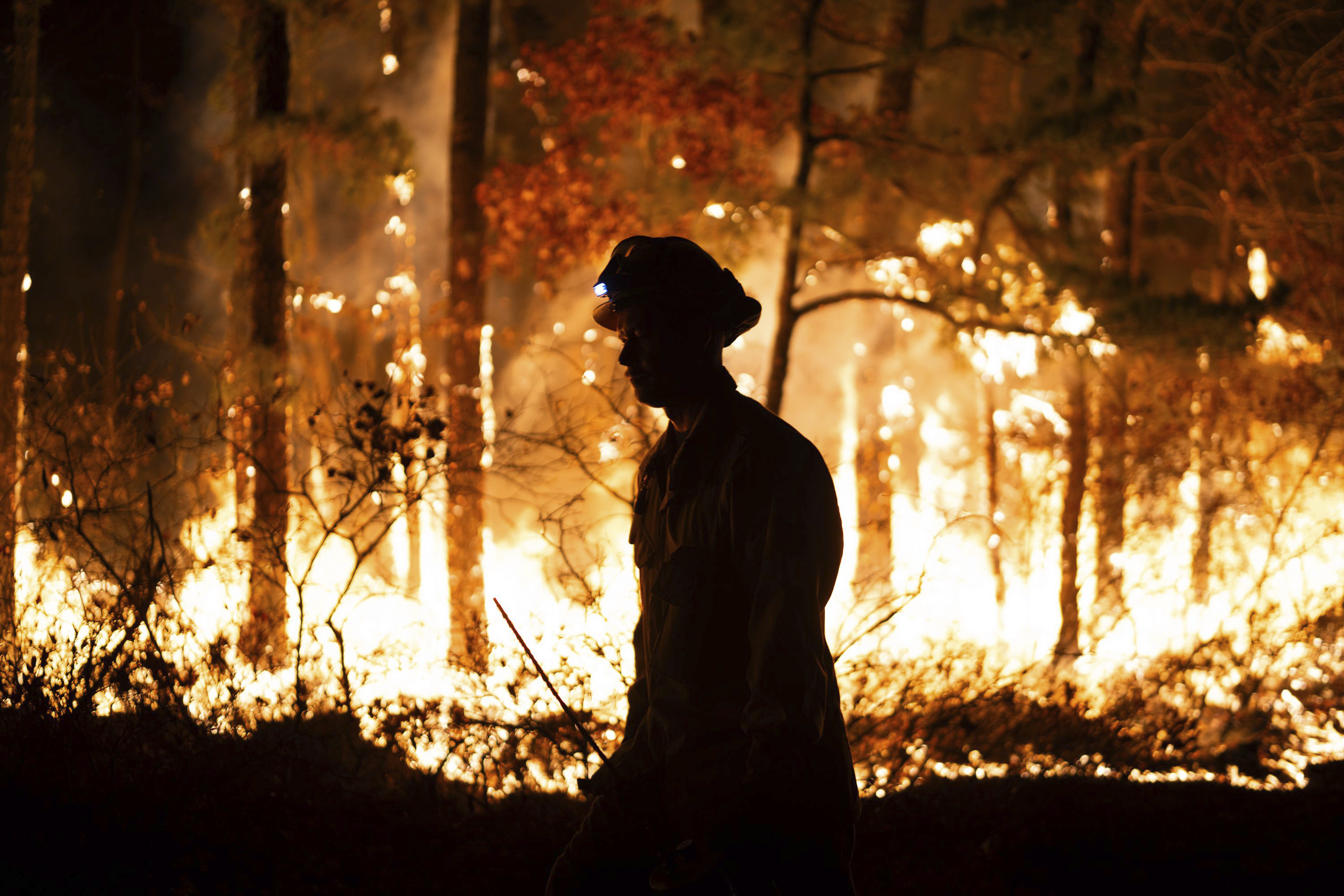A Red Flag Warning is currently in effect for the Philadelphia region as the Northeastern United States continues to deal with a drought, dry conditions and a wildfire risk.
The Warning went into effect for Philadelphia, the Pennsylvania suburbs and South Jersey at 7 a.m. on Saturday, Nov. 16, 2024, and will last through 6 p.m. Saturday evening.
A Red Flag Warning means critical fire weather conditions are either occurring or will occur due to a combination of strong winds, low humidity and dry fuels. Any fires that develop may spread out of control quickly and become difficult to contain.
NJ wildfires and drought
Get top local stories in Philly delivered to you every morning. Sign up for NBC Philadelphia's News Headlines newsletter.
Several wildfires have burned across the northeastern parts of the United States within the past few weeks, including the Jennings Creek blaze which has spread across the New Jersey-New York border. As of Friday, that fire was 90% contained on the Passaic County, New Jersey, side of the border, and about 70% contained on the Orange County, New York side.
It had burned 7 1/2 square miles (19.4 square kilometers) across the two states, although New York officials said that number is likely to increase somewhat in coming days.
The blaze claimed the life of a New York parks workers who was assisting firefighting crews last week.
Earlier in the week, New Jersey Gov. Phil Murphy declared a drought warning and asked people to take voluntary conservation steps, like shorter showers, turning the faucet off while brushing teeth, and waiting until the dishwasher is full to run it. The warning stopped short of mandatory water usage restrictions, which would be included in the event of a drought emergency, the highest alert the government can impose.
New Jersey is not yet at the point where communities are in danger of running out of water for drinking or fighting fires. And the state wants to prevent things from reaching that point.
“Please take this seriously,” Murphy said. “We have a very dry winter ahead of us.”
Dry conditions in the northeast U.S. are a growing concern, not only for firefighting efforts but for the continued availability of drinking water.
Two major reservoirs in New Jersey were at 51% and 45% of capacity on Wednesday, enough to keep the taps flowing, but low enough to cause concern for what might happen with additional weeks or months of low rainfall. One river that is a supplemental source of drinking water was at 14% of normal.
September and October were the driest two-month period ever recorded in New Jersey. Since August, the state has received 2 inches (5 cm) of rain when it should have gotten a foot (0.3 meters). No significant rainfall was in the foreseeable forecast, officials said.




